|
Christmas is just around the corner, so it is time to get your woolly jumpers ready for the fourth annual Jumper Day on Friday, December 10, 2021.
Another aspect will be added to the fundraising this year and bucket collections will be held around town from 10 am to 4 pm. So, keep an eye out and support these worthy causes. Folks are invited to wear a Christmas jumper/ hat/ mask, in fact, anything festive and to donate in aid of Ballinasloe Social Services and Galway Hospice. Both are very worthy causes and very much appreciate your donations. Please check out the Facebook page, Ballinasloe Christmas Jumper Day and tune into Galway Bay Fm for details of their upcoming competitions. if you would like details on how to get involved, email them at [email protected] The organising team members are Carmel Dillon, Geraldine Deane and Frances Leahy (087) 2753861 or (089) 4154193
0 Comments
The Town Voucher Ballinasloe is the ultimate gift of choice! Available in €10’s, €20’s and €50’s, they can be used in the vast majority of businesses in the Ballinasloe area including shops, pubs, restaurants, hairdressers, pharmacies, supermarkets, and much more.
As a gift, the Town Voucher gives the recipient a wide variety of wonderful products and services to choose from, and better still, ensures money stays in our local town!
Coming into Christmas there are many local businesses in town to purchase from and support. Town Vouchers are to be used directly with your chosen business but cannot be used for online purchases on ShopBallinasloe.ie. They are ideal Staff or Crew Xmas box gifts instead of an office party or other national based gift schemes !
For more updates from ShopBallinasloe are available from their Facebook: https://www.facebook.com/ShopBallinasloe Fancy a social meet up? Take part in our December Festive Ballinasloe Heritage town walk for old friends and new, remote workers and people interested to learn more takes place on Sunday 5th December with a guided tour from Declan Kelly, landscape archaeologist, who has written a number of books on heritage and is publishing a heritage guide and walking tour of Ballinasloe early in 2022.
Join remote workers, learn about remote working opportunities, training for remote skills and enjoy social meet up. Starting at the Study Centre Marina Point with Mulled wine and mince pies, then Declan Kelly will guide on the heritage walk taking place in under the illumination of the Ballinasloe Winter Christmas Festive lights. This will be followed by soup and sandwiches in the spacious upstairs of An Tain in St. Michael's Square. It is a lovely way to meet up and kick off the early festive remote working local community cheer, Sponsored by Grow Remote, An Tain, The Study Centre. You can register at: https://www.eventbrite.ie/e/grow-remote-ballinasloe-meet-up-dec-festive-historical-walking-town-tour-tickets-208129189007
Enda Barton is a former native of Creagh, attending Creagh National School and Garbally College. In 2020, Enda was made redundant from his job due to the pandemic. At the same time, Enda and his partner Madeline were expecting their first baby. As so many expecting parents do, Enda started to research baby clothing to see what the best clothing for their baby was. That is when he discovered Bamboo fabric and all its amazing benefits.
Enda said: “Bamboo is an amazingly sustainable plant. In fact, one acre of bamboo will yield 10 times more than one acre of cotton which is one of the most common fabrics found in baby clothing today. Bamboo fabric is super soft, and is often compared to silk, making it ideal for babies with sensitive skin, particularly babies with eczema. These are just some of the amazing benefits of Bamboo fabric. You can learn more about it on our website.” The business launched in October over one year from when Enda first started working on it. Enda stated: “I have always wanted to run my own business, and I always knew it was going to be a tough thing to do. The last year was difficult, but we learned so much along the way and continue to learn. We are really excited about building and developing our business in the Irish market, and hopefully in other markets in the not-so-distant future. So far, feedback from our customers has been extremely positive so the future looks bright.” To learn more on Bamboo Baby you can visit their website: www.bamboobaby.ie or Follow BambooBaby on Facebook and on Instagram
Ballinasloe Town A. F. C recently held an official ceremony at the Curragh Grounds to mark the naming of the Clubs spectator stand as 'The Font Egan Stand'.
This was a fitting tribute by the Club to recognise 45 years of outstanding service to the Club by Font who during this time had served the club as a committee member, team manager and Groundsman. Prior to this Font had served the club as a player. Club Development Co-Ordinator Johnny Walsh who officiated the ceremony stated: “Font Egan had managed street league teams for many years, club youth teams from under-eights all the way up to under 18s as well as adult teams and hundreds of youth players who played with the club can thank Font Egan for introducing them to the sport of Soccer.” Font’s other achievements included working on the first club youth committee 30 years ago and the formation of the Roscommon and District Youth League and managing teams and assisting in the organising of the Clubs bi-annual trip to Liverpool to play the Hailwood Juniors Club. The club Development Co-Ordinator also paid tribute to Font for the part he played as one of six people in the late 1980s in talks to successfully amalgamate the Dubarry Apache Soccer Club and Ballinasloe Town A. F. C.
The Clubs Senior Reserve team managed by Bobby Burke, Mickey Burke and Mark NEE are currently in top place in the Roscommon and District First Division League. Hopes are very high in the Club that the Reserve team can claim the league title this season. The team have currently played eight league games and have won seven and lost just one.
Two of the club’s underage players recently made their debuts at adult level. Conor Dowd made his debut for the Clubs Senior Reserve team at 16 years of age while 15-year-old Josh McCarthy has played with the Senior A team recently. This is a very good indicator that the extensive youth system is paying dividends for the club. The Club Committee was absolutely delighted recently when Minister for Sports Jack Chambers T. D. took time out of his busy schedule recently while on a day-long visit to County Galway to visit the Curragh Grounds and to learn all about the club and its future development plans. The Club are very hopeful that the imminent announcement of successful grant applicants for Sports Capital Funding will result in very good news for the Club. Former Ballinasloe Town A. F. C. Club player Heather Payne has once again been starring for the Irish International Ladies Senior Team in the qualifying games for the 2023 Women's World Cup. In her recent game versus Finland, which brought her total appearances to 21, Heather made an outstanding contribution to the Irish team throughout the game. Finland scored a crushing equaliser to make it 1-1, but Heather was not ready to settle for that as within four minutes she was racing down the flank creating the winning goal that was scored by Denise O’Sullivan. The performance against Finland was vital following the team’s narrow 1-0 loss against Sweden and this result now sets ups the Irish team very well for the two forthcoming qualifying games to be played in the Tallaght Stadium versus Slovakia on November 25, and versus Georgia on November 30. 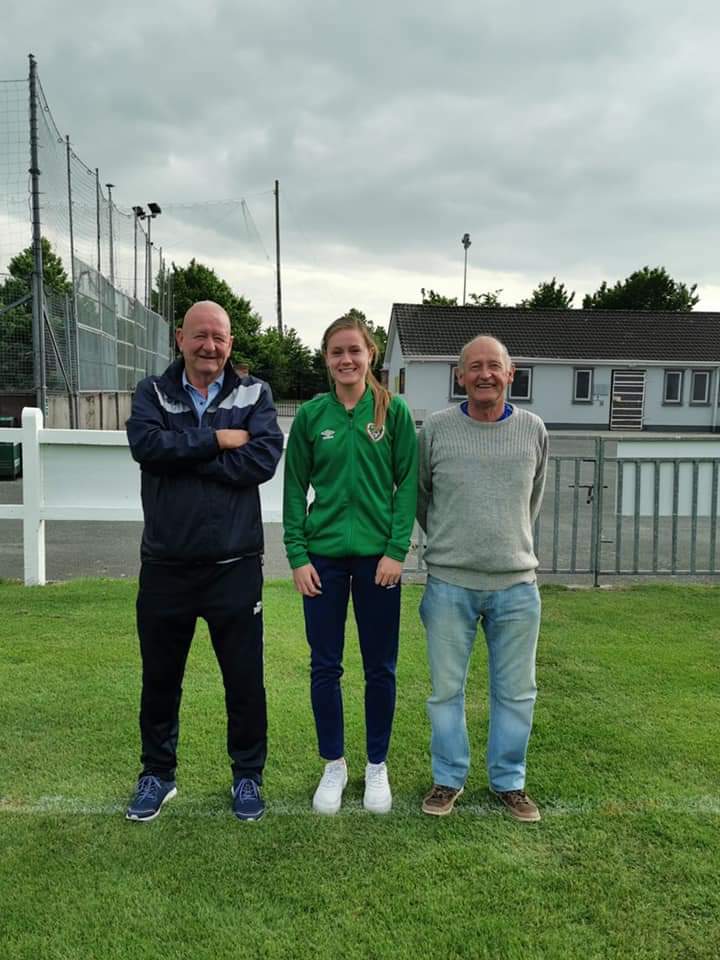
Pictured left to right recently at the Curragh Grounds, home of Ballinasloe Town A. F. C. We're Tony Coyne (Club Youth Coach), Heather Payne (current Ladies Senior International Player and former Ballinasloe Town player) and Gerry Broderick (Former Club Secretary and former Club player. Heather recently helped out up at the club with a training session and handed over one of her International jerseys to the Club.
By Barry Lally Some years ago I was privileged to open a photographic exhibition in the old public library on Ballinasloe’s Fair Green. It consisted of a selection of photographs from the Dillon Collection that had been acquired by the National Library in 1977. I remember remarking at the time on the exceptional quality of the prints, some dating back to the 1860s, and embracing practically every aspect of life on a landed estate in the latter half of the 19th century and the early decades of the succeeding one. Here we had family portraits featuring the ladies of the household in their voluminous crinolines, estate servants, tenants, farming operations and festive occasions: the vivid record of a bygone age. No professional had ever been employed, everything was the work of the Dillons whose story is surely worthy of recall. The Dillons of Clonbrock, Ahascragh, were the branch of a family descended from the Anglo-Norman Sir Henry de Leon who came to Ireland with the future King John in 1185. Thomas Dillon, an eminent lawyer and judge, bought the original Clonbrock estate from the widow of Tadhg O’Kelly in the 1580s. Over the following three centuries the Dillon estate expanded to become the third largest in County Galway, eventually reaching a maximum of 28, 246 acres with only the Marquis of Clanricarde’s estate and Lord Dunsandle’s being larger. Suspected of involvement in the Rebellion of 1641 because of their Catholicism, some of the family’s lands were confiscated by the Cromwellian authorities but were recovered in 1663 following the restoration of Charles II. After the Jacobite War the family survived an attempt by the Trenches of Garbally to get part of their estate as a reward for claiming that the Dillons had fought on King James’s side at the Battle of Aughrim. In the early 1700s, however, they were obliged to convert to the Established Church to avoid a threat to the integrity of their estate posed by the Penal Laws. Robert Dillon (1754 – 1795), known as “Beau Dillon”, was raised to the peerage of Ireland by the title of Baron Clonbrock in 1790. A man of extravagant habits, he spent much time abroad and set a pattern for his successors by a virtual unending sequence of travels to Europe, including London and Bath, as well as a four-month sojourn in Dublin each year at his Harcourt Street townhouse. He built Clonbrock House in the 1780s to a design by William Leeson.
His son Luke Dillon (1780 – 1826) inherited the title in 1795. When he left Oxford and returned to his estate he set himself to improve the place by buying books, pictures and furniture for the house. One lot of 14 pictures cost him a thousand guineas, and in 1800 he began to assemble the library, spending £738 on books over the next six years. Fond of music, he also had a good knowledge of paintings, tastes he indulged during a three-month continental tour in 1824. He was active against the Ribbonmen, agrarian terrorists, in 1819, and had “established a chain of signals by bonfires and patrols at the head of 40 well-armed followers every other night at least, and at any hint of the approach of these rascals a fire is lighted and 300 or 400 fellows are, or have been, in less than an hour at some specified rendezvous.” Unlike their more sober-minded neighbours the Trenches, whose only sporting interest was the promotion of cricket, the Dillons appear to have enjoyed an endless round of fox-hunting, shooting and yachting in both Ireland and England. They never practiced duelling, a vice almost exclusively confined to the minor landowners. Their wealth, however, failed to protect them from chronic ill-health which continued to plague them during the 19th century, necessitating prolonged annual stays at the French resorts of Arcachon and Pau. They earned a reputation as exemplary landlords, never resorting to mass evictions, whose well-run estate was complemented by a superbly-tended demesne, and who cultivated the goodwill of their tenants with lavish entertainments. Staunchly Tory and Unionist in outlook, the Dillons were said to have respected their tenants’ political opinions yet were known to issue instructions on whom to vote for at elections. The Third Baron seems not to have been universally popular. He, together with his gardener and his steward, received threatening letters in 1869. Infuriated rather than afraid, Clonbrock summoned his entire staff to inform them that if any injury should befall the two servants he would shut up his home and retire from Ireland, thus throwing them all out of employment. Relatively new and expensive in the 1860s, photography as a hobby could only be pursued by members of a well-to-do and leisured class like the Dillons. Augusta Caroline Crofton (1839 – 1928) had already developed a keen interest in photography by the time of her marriage in 1866 to Luke Dillon (1834 – 1917) who shared her enthusiasm, and three years later a studio and darkroom, known as the photographic house, was built at Clonbrock. Together they had three daughters and a son, all of whom became avid photographers and whose work in this field continued up the late 1920s. Though the estate was only slightly affected by the Land War of the 1880s, the fair rent fixing terms of the 1881 Land Act resulted in economic cutbacks, and in 1886 five servants were made redundant as a consequence. The Wyndham Act of 1903 offered very advantageous terms to landlords to sell and for tenants to purchase their farms. However, the Fourth Baron had a sentimental attachment to his estate and set his face against selling. On the other hand, his tenants, realizing that it would cost them less in annuities if they bought their farms than they would have to pay in rents, subjected the estate to extreme agitation between 1903 and 1907. In 1909 the Baron felt he had no alternative but to sell, and by the start of the First World War he had disposed of the majority of his tenanted lands for the rough equivalent in today’s money of €20 million. He invested in global stocks and shares which were disastrously affected by the Russian Revolution of 1917 and the 1929 Wall Street Crash. After 1929 the Dillons could no longer afford to employ servants. Robert had succeeded his father as the Fifth Baron in 1917 but died unmarried eight years later when the title became extinct. His sister Ethel (1880 – 1978) continued to reside at Clonbrock up to the 1960s. She seems to have been a lady of a conservative cast of mind. A favourite saying of hers was, “All change is for the worse.” The estate eventually passed to her grand-nephew, Sir Luke Dillon Mahon, who sold what remained of it in the mid-1970s. In 1984 the house was accidentally destroyed by fire. By Xandra Warde-Kilduff Christmas for us kids began in the National school with novenas to the Holy Childhood, preparation for Christmas tests and lists for Santy. The dark wintry days and dim streetlights inspired a desire for escape from the November sadness and constant reminders of the holy souls and the recently dead. Then suddenly one day coming home from school a cry went up and all the children rushed en masse towards Greene’s window in Society Street. Hustling and jostling for a view, the little ones crying with frustration, some older ones with a scrap of paper making their list. Always in the centre lay a magnificent doll with a Victorian dress spread around her in a fancy box, while teddies ,and a tea set, ironing board with an iron ,a train set and Christmas crackers, little wind up dogs who barked and walked, sometimes a tin dolls house with plastic furniture, a train set and lines of plastic angels, children’s cribs all were draped with tinsel intertwined with multi coloured fairy lights. For me my eyes always went to that doll but Santy never brought her. From there it was a short journey to Rourkes Bakery where the first Christmas cakes, with Santa’s in their sleighs lost in white fluffy icing, some having silver balls about the edges. Connolly’s in Main Street (where Salmons is today) displayed toys but for me had a good selection of storybooks, while May Kilduff waved at every child passing by as she dressed her window with boxes of chocolates ranging from half pound Urney and Milk tray, to tins of Biscuits and on the high shelve we could just see the enormous scenic and Victorian Christmas scenes of the giant size presentation caskets. She always had a sweet in her pocket for every one of us. Her brother Rory the Saddler busy making harnesses and accoutrements for horses for the St Stephen’s day hunt. My own father busy in his workshop making gentlemen's suits, children’s and ladies coats, while still finding time to tell stories from his enormous repertoire to the children who crept in to sit on the floor and listen hanging on every word in the era before television. A few days later we would all troop into Cogavins and later Kellers where the front of the shop was transformed into a huge display table with Christmas cards ranging from child size at a penny, to Religious medium size, and so many designs of glittery Christmas trees and robins .A few choice boxed cards for those who were wealthy enough to buy them. Cullen’s window brought us children fighting for space as the fashionable young women of the town walked backwards and forewards admiring the evening dresses they hoped to buy for the Christmas season of Dinner Dances. Satins, and lace, full length elegance with furs and sequins only seen in films. The weeks seemed to move on very fast, then one Friday the school was a mass of whispers and secret notes, Santy was coming to Rothwells . The next day we all lined up and waited in the cold jumping up and down to keep circulation moving our heads moving up the road and down , everyone wanting to catch the first glimpse of the magical man who could make the impossible possible. Some clutched their scrawled little letters in hopeful hands , while others pushed to be first in. “ Have you your letter “ my friend Ann asked .” what did you ask for “? The answer as always was the doll in Greene’s window . There was one Santy who was my favourite, he was really fat and jolly and after a few whiskeys in Grenham’s filled with the joy of Christmas. One year he came by pony and trap and another year on the Guinness dray pulled by a huge horse. He always threw a few packages into the crowd to those he knew would not have the half-crown to come in to see him. The Saturday before Christmas the square woke up to the sound of geese often laid out in a circle while ducks often sat in ass and carts cosy in the hay. The postman came twice a day with cards and parcels. The house decorations were put up with the crib on the front window. Christmas Eve was magical. We had all written to Radio Eireann and hoped that when Santy read out the letters our names would be mentioned .Then he would say “ I am on my way ,Yo Ho Ho”.
Next morning the packages were opened, the toys put away until after Mass, we all sang the hymns we had been taught at school with gusto and admired the style of the well to do women with their immaculate coats and hats. Outside the town band played at the top of the square” Joy to the world” and everywhere there were smiling faces and people wishing each other a “Very Happy Christmas”. After Christmas dinner - goose with all the trimmings and jelly with custard - we went up to the Convent Chapel which was only opened at Christmas time and knelt in the red glow of a lamp to visit with the Holy family. Then off to visit the relations and hear stories of times gone by . |
CLICK HERE to read the Latest Ballinasloe News Articles
June 2024
|
The Town Team was set up by BACD Ltd. to revive the fortunes of Ballinasloe and its hinterland. With the main focus to build on the town’s many strengths, change existing negative perceptions and bring about measurable improvements in the town centre economy and its wider social value.
|
Ballinasloe Area Community Development Ltd.
Ballinasloe Enterprise Centre Creagh Ballinasloe Co. Galway |
All generic photos and images have been sourced and are free of copyright or are clip art images free of copyright. Photos of Ballinasloe have been donated by BEC. If you have any photos that you would like included on the website please email us
Copyright © All rights reserved, 2024 BACD

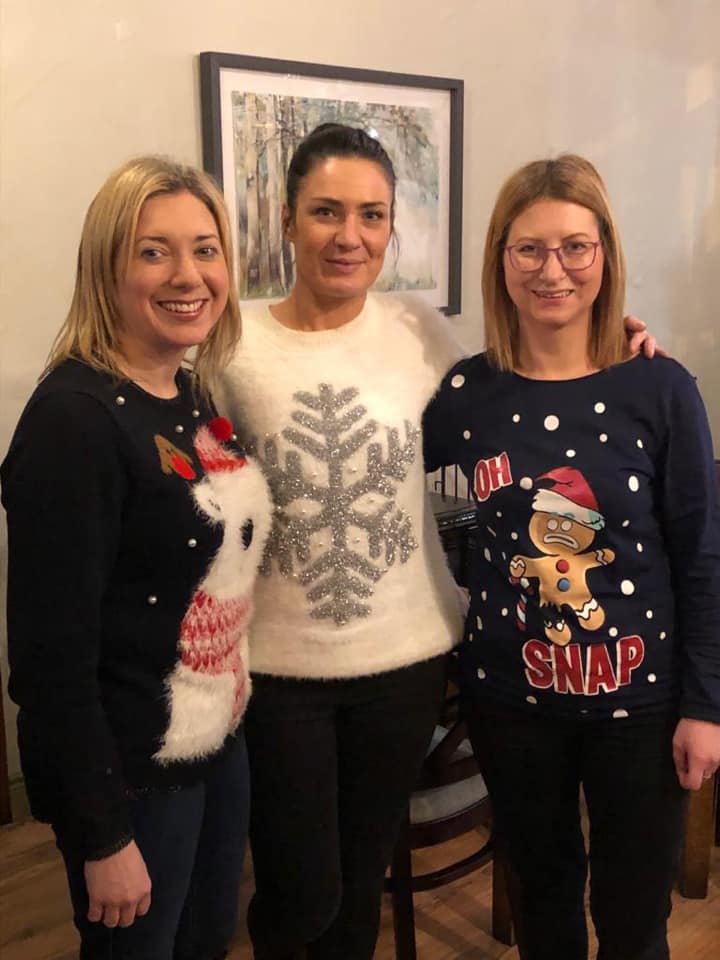
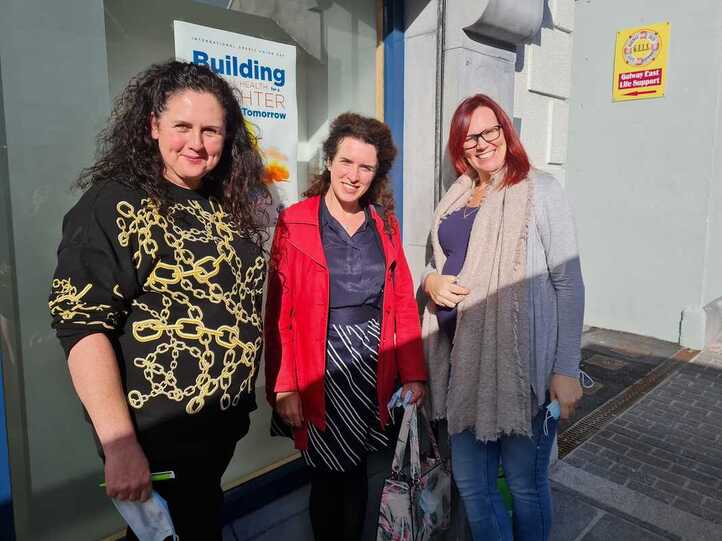



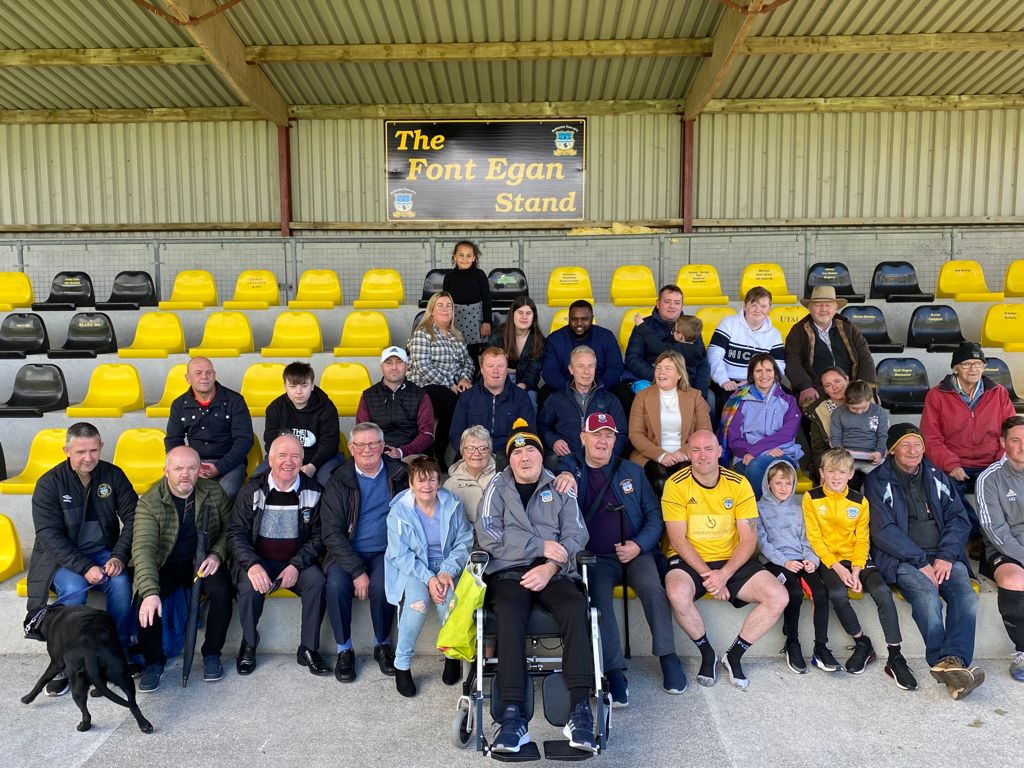
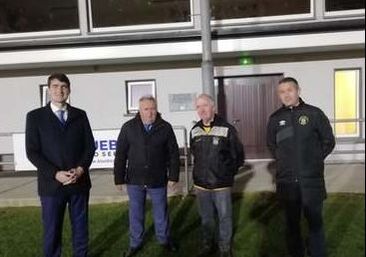
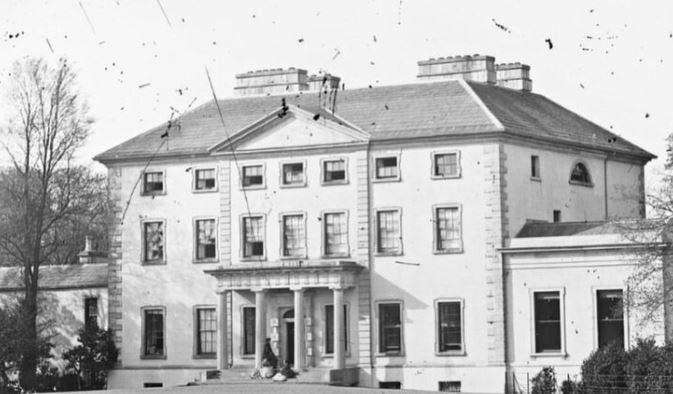
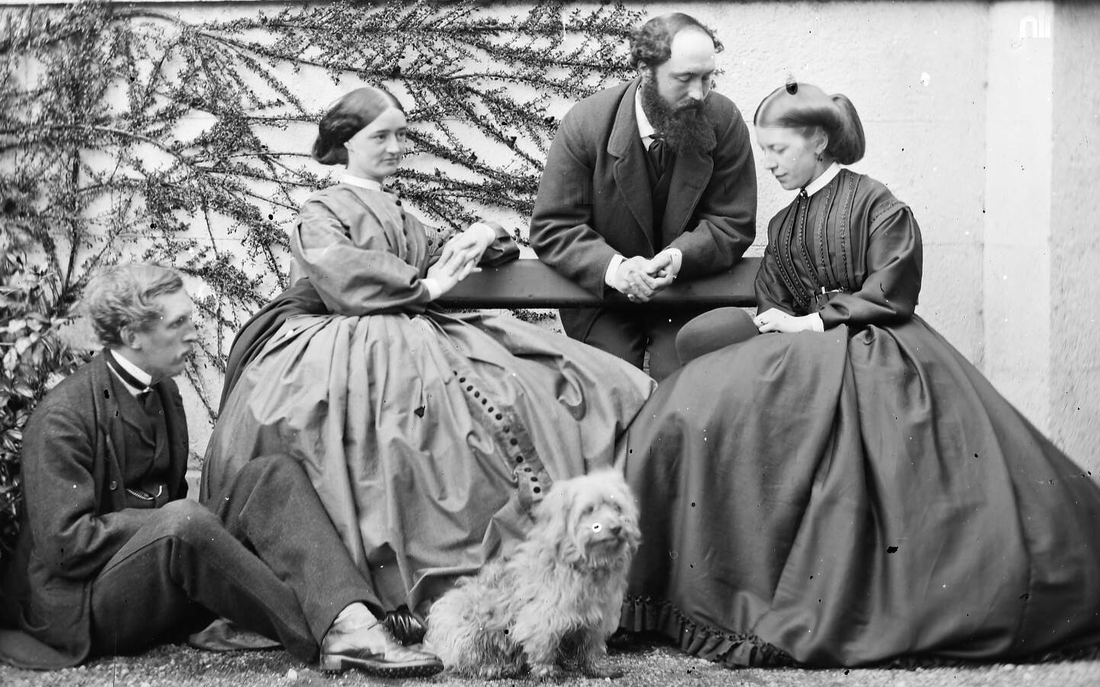
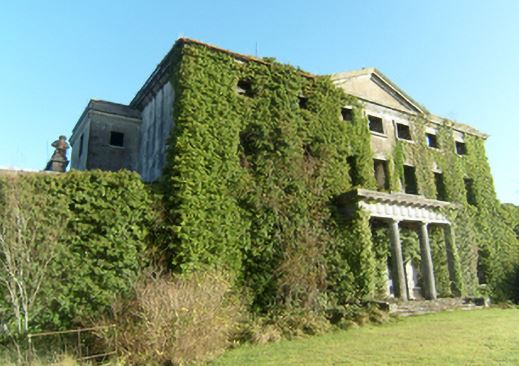
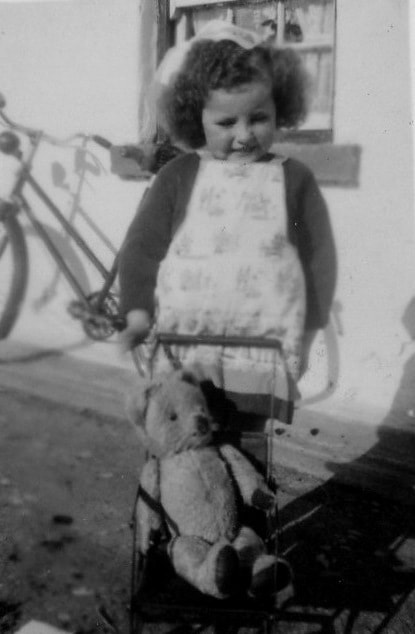
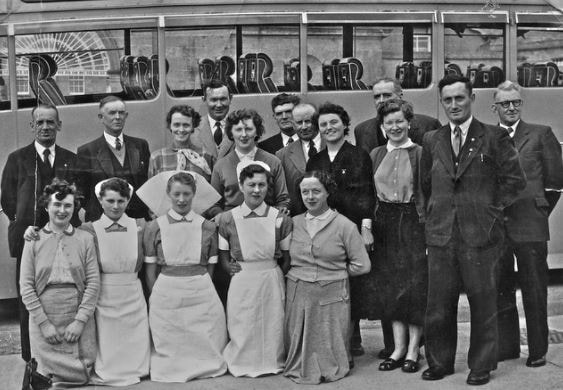
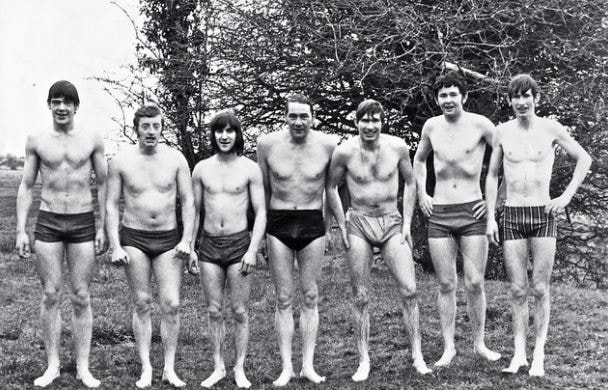
 RSS Feed
RSS Feed
